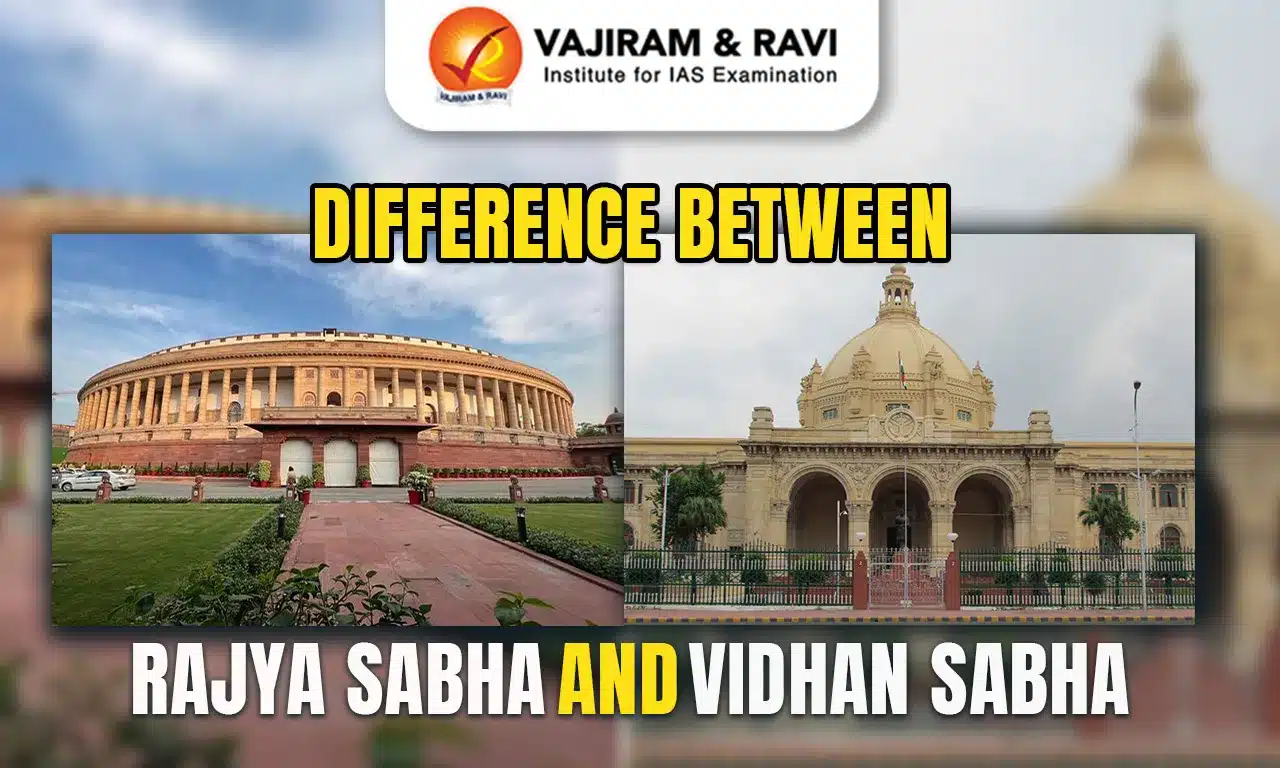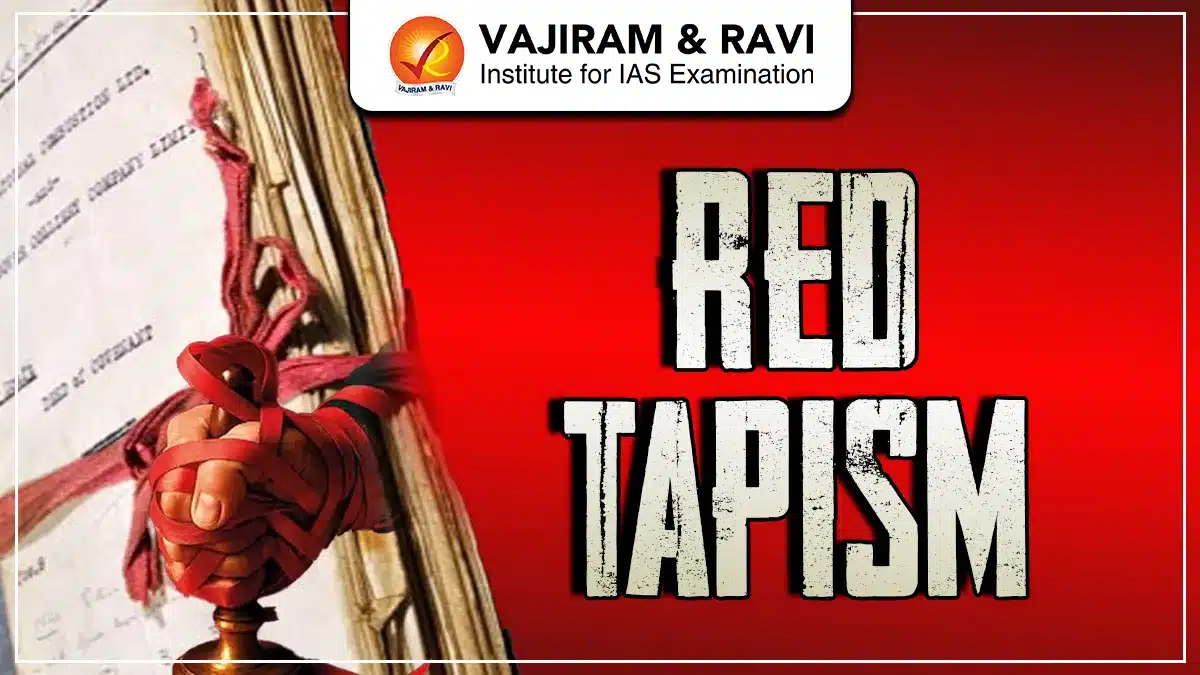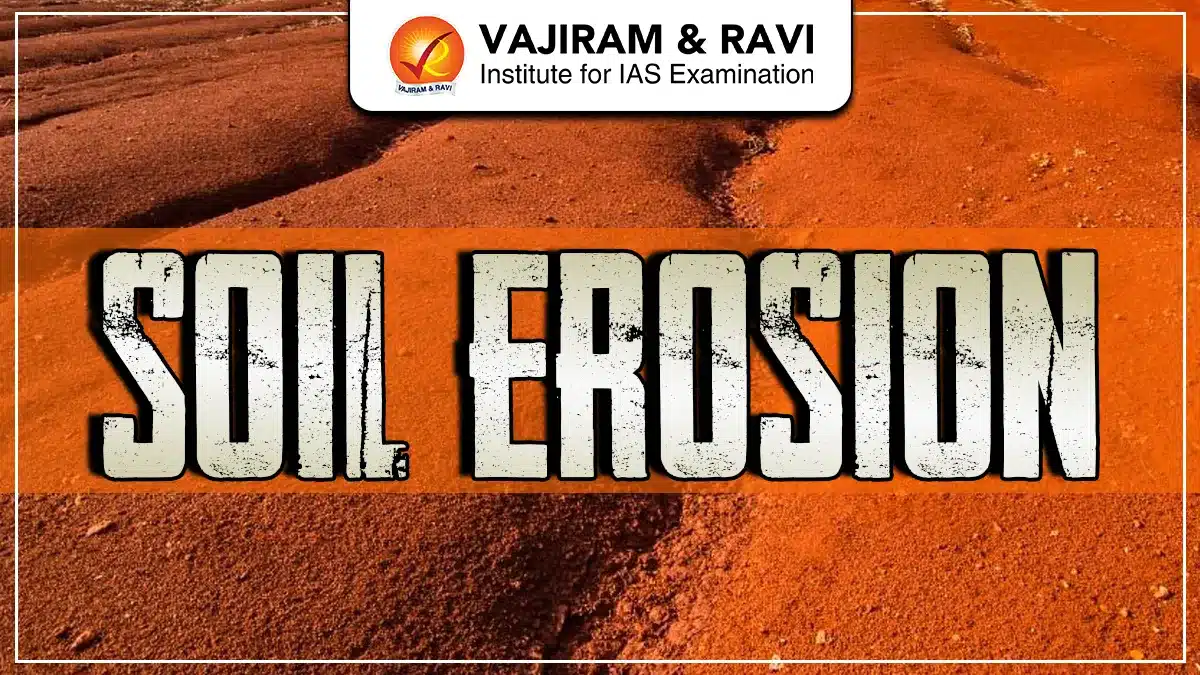India is a democratic country which has the legislature, divided at the Centre and State levels. The Rajya Sabha and Vidhan Sabha are two important legislative bodies serving at different levels of governance. While both perform legislative functions, their composition, powers, and functioning vary significantly. Both of them share a common goal of serving the nation, but are assigned with varied responsibilities.
Rajya Sabha
The Rajya Sabha is the Upper House of the Parliament of India. It represents the states and union territories at the national level. Members are elected indirectly and serve overlapping terms, making it a permanent body that is not subject to dissolution.
Key Features of Rajya Sabha
- Also known as the Council of States.
- Maximum strength is 250 members (currently 245).
- Members are elected by State Legislative Assemblies through proportional representation.
- The Vice President of India is the ex-officio Chairman.
- Serves as a permanent body with one-third members retiring every 2 years.
Vidhan Sabha
The Vidhan Sabha, or Legislative Assembly, is the Lower House of the State Legislature in India. It plays a crucial role in law-making at the state level and holds the executive accountable within the state.
Key Features of Vidhan Sabha
- It exists in all states and certain union territories (like Delhi, Puducherry).
- Members are directly elected by the public.
- Maximum strength varies by state; for example, Uttar Pradesh has 403 members.
- The Governor of the state summons and prorogues the sessions.
- Subject to dissolution every 5 years or earlier in special cases
Difference between Rajya Sabha and Vidhan Sabha
The President, Lok Sabha, and Rajya Sabha (Upper House) forms the Parliament of India. The State Legislature includes the lower house which is known as the Legislative Assembly (Vidhan Sabha). Difference between Rajya Sabha and Vidhan Sabha is discussed in the table below:
| Difference between Rajya Sabha and Vidhan Sabha | ||
| Aspect | Rajya Sabha | Vidhan Sabha |
|
Level of Government |
National (Central Government) |
State (State Government) |
|
Type of House |
Upper House of Parliament |
Lower House of State Legislature |
|
Total Strength |
Maximum 250 members |
Varies by state; maximum 500 members |
|
Current Strength |
245 members |
Depends on state; e.g., 403 in Uttar Pradesh |
|
Election Process |
Indirect election by MLAs (Proportional system) |
Direct election by people (First-past-the-post) |
|
Chairperson |
Vice President of India |
Speaker of the Vidhan Sabha |
|
Tenure |
Permanent body; 1/3 members retire every 2 years |
5 years (unless dissolved earlier) |
|
Representation |
States and Union Territories |
People of the respective state |
|
Powers |
Limited financial powers |
Full authority over state subjects and finances |
|
Existence in Union Territories |
Not applicable |
Exists in some UTs like Delhi, Puducherry |
Difference Between Rajya Sabha and Vidhan Sabha Key Points
- Rajya Sabha ensures representation of states at the Centre, while Vidhan Sabha works on issues specific to a state.
- Rajya Sabha can recommend laws, but cannot initiate or amend money bills, this is the sole prerogative of the Lok Sabha and Vidhan Sabha.
- Members of Rajya Sabha are elected by MLAs, while Vidhan Sabha members are elected directly by the citizens.
- Vidhan Sabha plays a crucial role in forming and controlling the state government, including passing the state budget.
Last updated on January, 2026
→ Check out the latest UPSC Syllabus 2026 here.
→ Join Vajiram & Ravi’s Interview Guidance Programme for expert help to crack your final UPSC stage.
→ UPSC Mains Result 2025 is now out.
→ UPSC Notification 2026 is scheduled to be released on January 14, 2026.
→ UPSC Calendar 2026 is released on 15th May, 2025.
→ UPSC Prelims 2026 will be conducted on 24th May, 2026 & UPSC Mains 2026 will be conducted on 21st August 2026.
→ The UPSC Selection Process is of 3 stages-Prelims, Mains and Interview.
→ UPSC Result 2024 is released with latest UPSC Marksheet 2024. Check Now!
→ UPSC Toppers List 2024 is released now. Shakti Dubey is UPSC AIR 1 2024 Topper.
→ Also check Best IAS Coaching in Delhi
Difference between Rajya Sabha and Vidhan Sabha FAQs
Q1. What is the main difference between Rajya Sabha and Vidhan Sabha?+
Q2. How are members elected to Rajya Sabha and Vidhan Sabha?+
Q3. Can Rajya Sabha be dissolved like Vidhan Sabha?+
Q4. Who presides over the Rajya Sabha and Vidhan Sabha?+
Q5. Does every state have a Vidhan Sabha?+

















